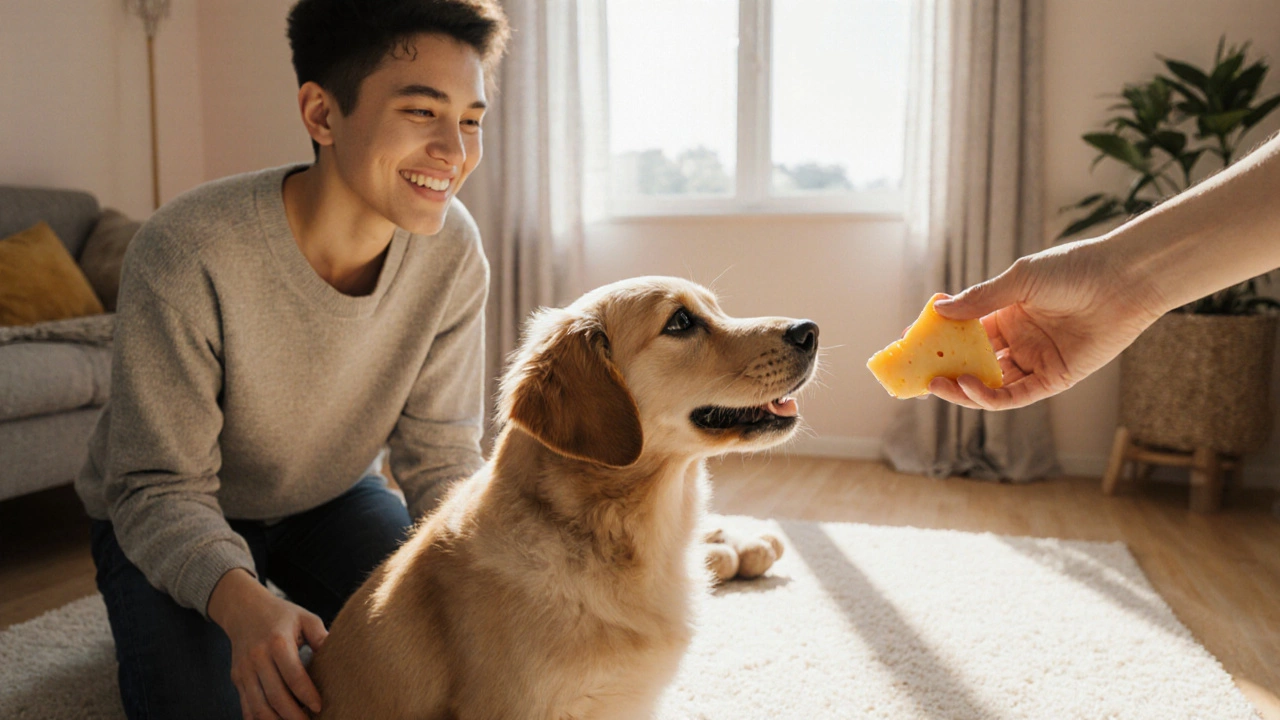Puppy Name Training: Tips, Tricks, and Proven Methods
When working with puppy name training, the practice of teaching a young dog to come when you call its name. Also known as name recall training, it builds safety, bonding, and everyday convenience. puppy name training isn’t a magic trick; it relies on clear cues, consistent practice, and rewarding the right response.
One core tool is positive reinforcement, a method that rewards desired behavior with treats, praise, or play. By pairing the name call with something your puppy loves, you create a strong association that makes the dog eager to respond. This approach encompasses the basic principle that behavior followed by a reward is more likely to repeat. Another popular aid is clicker training, using a distinct clicking sound to mark the exact moment the dog does the right thing. The click gives a precise cue, so the pup knows exactly what earned the treat, speeding up learning. Together, these methods support name recall by making the training experience clear and enjoyable.
Why Socialization Matters for Name Recall
Early puppy socialization, exposing a young dog to new people, places, and sounds in a positive way is a hidden cornerstone of successful name training. A well‑socialized pup stays calm in busy parks, bustling streets, or around other dogs, so when you call its name, distractions don’t override the cue. Think of socialization as the foundation that lets the recall command work in real‑world scenarios. When a puppy learns that its name means good things regardless of the environment, you’ll notice fewer missed calls and fewer “what‑did‑you‑say?” looks.
Putting all the pieces together creates a clear semantic chain: puppy name training requires consistent cues, benefits from positive reinforcement, is enhanced by clicker training, and works best when the puppy is well‑socialized. In practice, start each session in a low‑distraction area, call the pup’s name, click or praise the moment it looks, then reward. Gradually increase the difficulty by adding background noise, moving to a park, or involving other dogs. The recall command becomes reliable because the dog has practiced the pattern in varied settings.
Patience is key. Short, frequent sessions (5‑10 minutes) keep the puppy interested and prevent burnout. Keep the tone upbeat – a happy voice makes the name sound like an invitation, not a reprimand. Track progress with a simple checklist: name call, response, reward, repeat. Celebrate small wins; even a half‑second glance is a step forward. Ready to dive deeper? Below you’ll find hands‑on guides covering everything from feeding schedules that boost energy for training, to travel tips that keep your pup focused on name recall even on a plane. These articles pull together the same practical mindset, so you can turn theory into daily success.
Posted By Bryndle Redding On 7 Dec 2025 Comments (0)
At What Age Do Puppies Learn Their Name?
Puppies begin recognizing their name by 3 to 5 weeks old, but reliable response usually happens by 8 weeks with consistent, positive training. Learn how to teach your puppy to respond to their name - and avoid common mistakes that delay progress.
READ MOREPosted By Bryndle Redding On 21 Oct 2025 Comments (0)
How to Teach Your Puppy Its Name - Simple Steps for Quick Recall
Learn a step‑by‑step method to teach your puppy its name using positive reinforcement, easy rewards, and real‑world tips for lasting recall.
READ MORE
